|

POWER -
Although some countries act as though there is no energy crisis, in fact
they have departments for such matters, that are there to advise for how
much longer they can abuse their positions in world politics, to take
advantage of other countries and keep on killing species and warming the
planet - before their kleptocratic
inclinations are compromised.
Atomic
fission is the basis of nuclear power for generating
electricity, that
France and Russia want to use to make
pink
hydrogen, claiming it is green, but radioactive
waste is dirty and can never be environmentally safe.
Does
that make sense?
No.
Why? Because the money spent installing nuclear power plants that are
dangerous, could just as easily be spent building solar
or wind harvesting plants,
where there is no pollution danger. Why
then would Emmanuel
Macron want to back EDF
or Rosatom, in building toxic waste dumps on their doorstep. The only answer
we can think of is short term economics, or worse, some kind of under the
counter arrangement. The French president appears to have sold his
environmental credentials to the highest bidder, and in the process, given
Russia another foothold in Europe, along with the Gazprom natural gas
fiasco. And look what they are doing there, holding Europe to ransom. But
get this, this unholy alliance is trying to sell the package to French
voters and the European
Parliament as 'green hydrogen.' Talk
about brazen greenwashing. Naturally,
Germany is opposing the term as misleading advertising to investors, and of
course the voting public. As with Brexit, it has been shown that voters tend
to believe whatever bullshit is being
served up by a good public speaker. Voters are not that clued up, and have
to rely on what they are hearing on television, online or in newspapers - as
being true. When mostly, especially come election time, it is very far from
the truth. ECONOMICS
The levelized cost of electricity (LCOE) from a new nuclear power plant is estimated to be 69 USD/MWh, according to an analysis by the International Energy Agency and the OECD Nuclear Energy Agency. This represents the median cost estimate for an nth-of-a-kind nuclear power plant to be completed in 2025, at a discount rate of 7%. Nuclear power was found to be the least-cost option among dispatchable technologies. But,
variable renewables can generate cheaper electricity: the median cost of onshore wind power was estimated to be 50 USD/MWh, and utility-scale solar power 56 USD/MWh. At the assumed CO2 emission cost of USD 30 per ton, power from coal (88 USD/MWh) and gas (71 USD/MWh) is more expensive than low-carbon technologies. With
renewables being some $13 - 19 dollars cheaper per MWh, it's a no-brainer
that nuclear power should be a non-starter. Why invest in a bum
deal, potentially up
to your neck in legal sewage. Consider also, that there is as yet no
absolutely sure way to dispose of radioactive waste, with half lives of
hundreds of thousands of years. No management plan in the world is going to
survive a few generations of humans, after which the corporations or other
organizations will cease to exist or care. Some
investors may not care about that, for they will be dead and buried, but for
the sake of their great
grandchildren, they might want to consider investing in renewables.
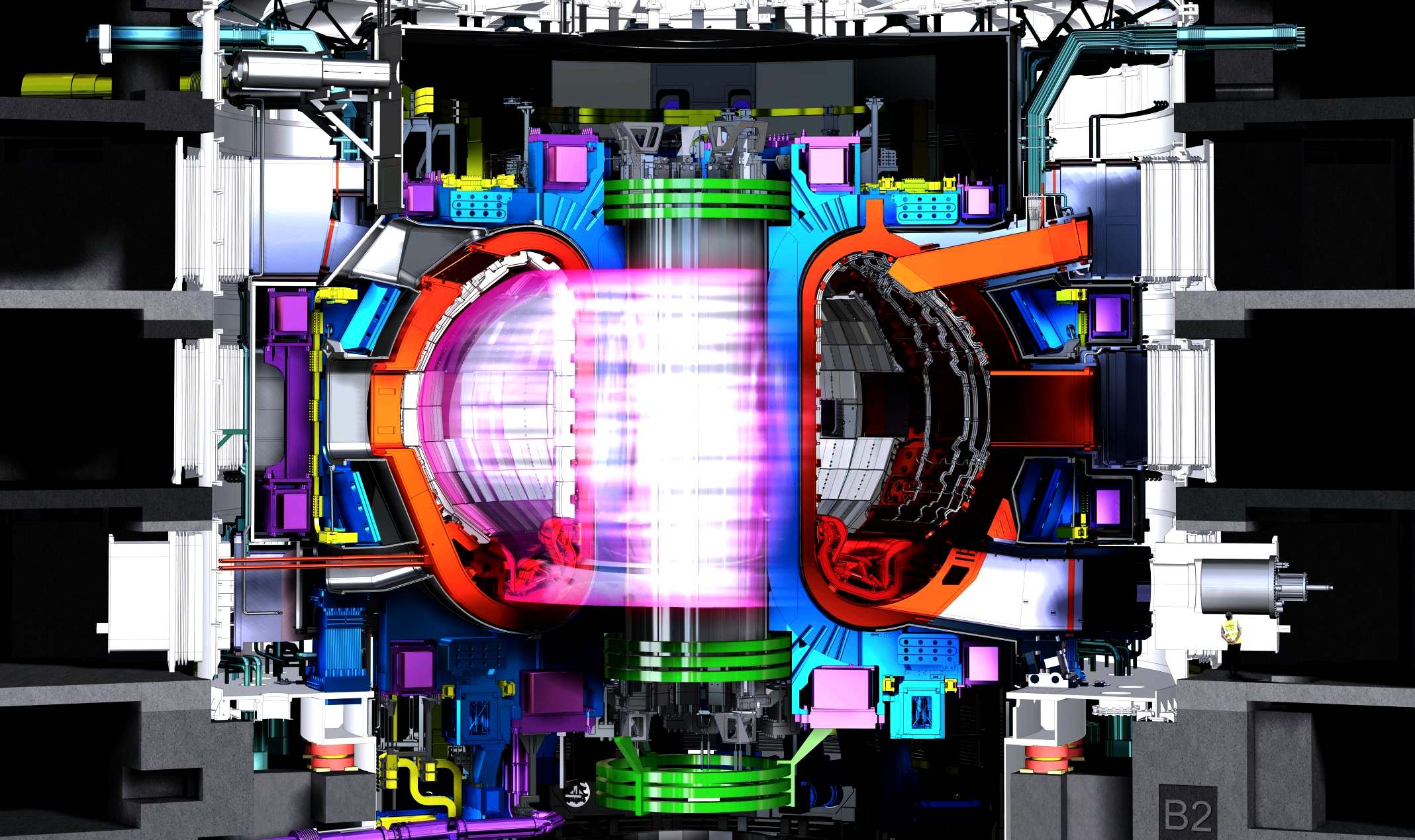
There is a debate about nuclear power. Proponents, such as the World Nuclear Association and Environmentalists for Nuclear Energy, contend that nuclear power is a safe, sustainable energy source that reduces carbon emissions. Nuclear power opponents, such as Greenpeace, Scientists for Future and NIRS, contend that nuclear power poses many threats to people and the environment and is too expensive and slow to deploy when compared to alternative sustainable energy sources.
In 2020, thirteen countries produced at least one-quarter of their electricity from
nuclear power generation plants. France gets around three-quarters of its electricity from nuclear energy, Slovakia and Ukraine get more than half from nuclear, whilst Hungary, Belgium, Slovenia, Bulgaria, Finland and Czech Republic get one-third or more. South Korea normally gets more than 30% of its electricity from nuclear, while in the
USA, UK, Spain, Romania and Russia about one-fifth of electricity is from nuclear.
Japan was used to relying on nuclear power for more than one-quarter of its electricity and
was expected to return to somewhere near that level, except that the price
of renewably generated green
hydrogen imports may save the day. And now the level of public awareness
is greater.
North America
Canada has 19 operable nuclear reactors, with a combined net capacity of 13.6 GWe. In 2020, nuclear generated 14.6% of the country's electricity.
All but one of the country's 19 nuclear reactors are sited in Ontario. Ten of those units – six at Bruce and four at Darlington – are to undergo refurbishment. The programme will extend the operating lifetimes by 30-35 years. Similar refurbishment work enabled Ontario to phase out
coal in 2014, achieving one of the cleanest electricity mixes in the world.
Mexico has two operable nuclear reactors, with a combined net capacity of 1.6 GWe. In 2020, nuclear generated 4.9% of the country's electricity.
The USA has 93 operable nuclear reactors, with a combined net capacity of 95.5 GWe. In 2020, nuclear generated 19.7% of the country's electricity.
There had been four AP1000 reactors under construction, but two of these have been cancelled. One of the reasons for the hiatus in new build in the USA to date has been the extremely successful evolution in maintenance strategies. Over the last 15 years, improved operational performance has increased utilisation of US nuclear power plants, with the increased output equivalent to 19 new 1000 MWe plants being built.
2016 saw the first new nuclear power reactor enter operation in the country for 20 years. Despite this, the number of operable reactors has reduced in recent years, from a peak of 104 in 2012. Early closures have been brought on by a combination of factors including cheap natural gas, market liberalization, over-subsidy of renewable sources, and political campaigning.
South America
Argentina has three reactors, with a combined net capacity of 1.6 GWe. In 2020, the country generated 7.5% of its electricity from nuclear.
Brazil has two reactors, with a combined net capacity of 1.9 GWe. In 2020, nuclear generated 2.1% of the country's electricity.
West & Central Europe
Belgium has seven operable nuclear reactors, with a combined net capacity of 5.9 GWe. In 2020, nuclear generated 39.1% of the country's electricity.
Finland has four operable nuclear reactors, with a combined net capacity of 2.8 GWe. In 2020, nuclear generated 33.9% of the country's electricity. A fifth reactor – a 1720 MWe EPR – is under construction, and there are plans to build a Russian VVER-1200 unit at a new site (Hanhikivi).
France has 56 operable nuclear reactors, with a combined net capacity of 61.4 GWe. In 2020, nuclear generated 70.6% of the country's electricity.
A 2015 energy policy had aimed to reduce the country's share of nuclear generation to 50% by 2025. This target has now been postoponed to 2035. The country's energy minister said that the target was not realistic, and that it would increase the country's carbon dioxide emissions, endanger security of supply and put jobs at risk.
One reactor is currently under construction in France – a 1750 MWe EPR at Flamanville.
In Germany, six nuclear power reactors continue to operate, with a combined net capacity of 8.1 GWe. In 2020, nuclear generated 11.3% of the country's
electricity.
Germany is phasing out nuclear generation by about 2022 as part of its Energiewende policy. Energiewende, widely identified as the most ambitious national climate change mitigation policy, has yet to deliver a meaningful reduction in carbon dioxide (CO2) emissions. In 2011, the year after the policy was introduced, Germany emitted 731 Mt CO2 from fuel combustion; in 2018, the country emitted 677 Mt CO2, and was the world's seventh-biggest emitter of CO2.2 The German government expects to miss its target of a 40% reduction in emissions relative to 1990 levels by a wide margin.
The Netherlands has a single operable nuclear reactor, with a net capacity of 0.5 GWe. In 2020, nuclear generated 3.9% of the country's electricity.
Spain has seven operable nuclear reactors, with a combined net capacity of 7.1 GWe. In 2020, nuclear generated 22.2% of the country's electricity.
Sweden has six operable nuclear reactors, with a combined net capacity of 6.9 GWe. In 2020, nuclear generated 29.8% of the country's electricity.
The country is closing down some older reactors, but has invested heavily in operating lifetime extensions and uprates.
Switzerland has four operable nuclear reactors, with a combined net capacity of 3.0 GWe. In 2020, nuclear generated 32.9% of the country's electricity.
The United Kingdom has 13 operable nuclear reactors, with a combined net capacity of 7.8 GWe. In 2020, nuclear generated 14.5% of the country's electricity.
A UK government energy paper in mid-2006 endorsed the replacement of the country’s ageing fleet of nuclear reactors with new nuclear build. Construction has commenced on the first of a new-generation of plants.
Central and East Europe, Russia
Armenia has a single nuclear power reactor with a net capacity of 0.4 GWe. In 2020, nuclear generated 34.5% of the country's electricity.
Belarus has one operable nuclear power reactor, connected to the grid in November 2020, and a second reactor under construction. Almost all the rest of the country's electricity is produced from natural gas.
Bulgaria has two operable nuclear reactors, with a combined net capacity of 2.0 GWe. In 2020, nuclear generated 40.8% of the country's electricity.
The Czech Republic has six operable nuclear reactors, with a combined net capacity of 3.9 GWe. In 2020, nuclear generated 37.3% of the country's electricity.
Hungary has four operable nuclear reactors, with a combined net capacity of 1.9 GWe. In 2020, nuclear generated 48.0% of the country's electricity.
Romania has two operable nuclear reactors, with a combined net capacity of 1.3 GWe. In 2020, nuclear generated 19.9% of the country's electricity.
Russia has 38 operable nuclear reactors, with a combined net capacity of 28.6 GWe. In 2020, nuclear generated 20.6% of the country's electricity.
A government decree in 2016 specified construction of 11 nuclear power reactors by 2030, in addition to those already under construction. At the start of 2020, Russia had four reactors under construction, with a combined capacity of 4.8 GWe.
The strength of Russia's nuclear industry is reflected in its dominance of export markets for new reactors. The country's national nuclear industry is currently involved in new reactor projects in Belarus, China, Hungary, India, Iran and Turkey, and to varying degrees as an investor in Algeria, Bangladesh, Bolivia,
Indonesia, Jordan, Kazakhstan, Nigeria, South Africa, Tajikistan and Uzbekistan among others.
Slovakia has four operable nuclear reactors, with a combined net capacity of 1.8 GWe. In 2020, nuclear generated 53.1% of the country's electricity. A further two units are under construction.
Slovenia has a single operable nuclear reactor with a net capacity of 0.7 GWe. In 2020, Slovenia generated 37.8% its electricity from nuclear.
Ukraine has 15 operable nuclear reactors, with a combined net capacity of 13.1 GWe. In 2020, nuclear generated 51.2% of the country's electricity.
Turkey commenced construction of its first nuclear power plant in April 2018, with start of operation expected in 2023.
Asia
Bangladesh started construction on the first of two planned Russian VVER-1200 reactors in 2017. Construction on the second started in 2018. It plans to have the first unit in operation by 2023. The country currently produces virtually all of its electricity from fossil fuels.
China has 51 operable nuclear reactors, with a combined net capacity of 49.6 GWe. In 2020, nuclear generated 4.9% of the country's electricity.
The country continues to dominate the market for new nuclear build. At the start of 2021, 16 of the 54 reactors under construction globally were in China. In 2018 China became the first country to commission two new designs – the AP1000 and the EPR.
China is commencing export marketing of the Hualong One, a largely indigenous reactor design.
The strong impetus for developing new nuclear power in China comes from the need to improve urban air quality and reduce greenhouse gas emissions. The government's stated long-term target, as outlined in its Energy Development Strategy Action Plan 2014-2020 is for 58 GWe capacity by 2020, with 30 GWe more under construction.
India has 23 operable nuclear reactors, with a combined net capacity of 6.9 GWe. In 2020, nuclear generated 3.3% of the country's electricity.
The Indian government is committed to growing its nuclear power capacity as part of its massive infrastructure development programme. The government in 2010 set an ambitious target to have 14.6 GWe nuclear capacity online by 2024. At the start of 2020 seven reactors were under construction in India, with a combined capacity of 5.3 GWe.
Japan has 33 operable nuclear reactors, with a combined net capacity of 31.7 GWe. As of June 2021, 10 reactors had been brought back online, with a further 15 in the process of restart approval, following the Fukushima accident in 2011. In the past, 30% of the country's electricity has come from nuclear; in 2020, the figure was just 5.1%.
South Korea has 24 operable nuclear reactors, with a combined net capacity of 23.2 GWe. In 2020, nuclear generated 29.6% of the country's electricity.
South Korea has four new reactors under construction domestically as well as four in the United Arab Emirates. It plans for two more, after which energy policy is uncertain. It is also involved in intense research on future reactor designs.
Pakistan has five operable nuclear reactors, with a combined net capacity of 2.2 GWe. In 2020, nuclear generated 7.1% of the country's electricity. Pakistan has one Chinese Hualong One unit under construction.
Africa
South Africa has two operable nuclear reactors, with a combined net capacity of 1.9 GWe, and is the only African country currently producing electricity from nuclear. In 2020, nuclear generated 5.9% of the country's electricity. South Africa remains committed to plans for further capacity, but financing constraints are significant.
Middle East
Iran has a single operable nuclear reactor with a net capacity of 0.9 GWe. In 2020, nuclear generated 1.7% of the country's electricity. A second Russian-designed VVER-1000 unit is under construction.
The United Arab Emirates has two operable nuclear reactors with a capacity of 2.7 GWe. A further two units are under construction at the same plant
(Barakah).
Emerging nuclear energy countries
As outlined above, Bangladesh, Belarus, Turkey and the United Arab Emirates are all constructing their first nuclear power plants. A number of other countries are moving towards use of nuclear energy for power production. For more information, see page on Emerging Nuclear Energy Countries.
https://world-nuclear.org/
Nuclear energy might be one of the most controversial energy sources we have. For some people, the potential risk associated with nuclear power is too great. For others, nuclear looks like the answer for a zero-carbon future.
Despite being hotly debated, nuclear energy still makes up almost 20% of the United States’ total energy generation.
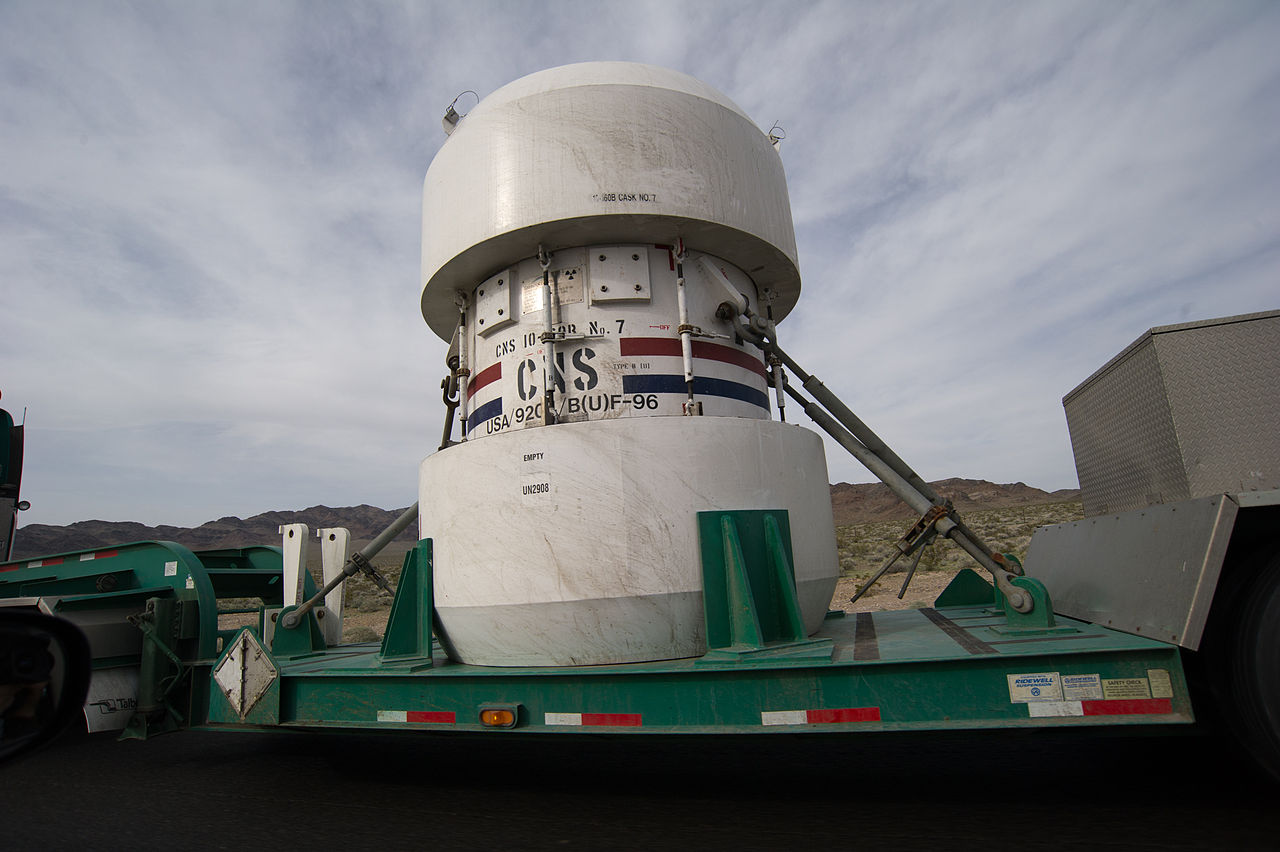
PROS AND CONS OF NUCLEAR POWER
ADVANTAGES
1. Low-cost energy
Although building nuclear power plants has a high initial cost, it’s relatively cheap to produce energy from them and they have low operating costs.
Also, nuclear power doesn’t experience the same kind of price fluctuations that traditional fossil fuel energy sources like coal and natural gas do. Because of that, the price of nuclear energy can be predicted well into the future.
That price is likely to remain low, or get even lower, as technologies advance.
2. Reliable
One of the biggest benefits of nuclear energy is that it is a reliable power generation source.
Unlike solar and wind energy, which need the sun to be shining or the wind to be blowing, nuclear power can be generated at any time throughout the day. This means that a nuclear power plant can produce energy nonstop, and you won’t have to experience any delays in energy production.
3. Zero carbon emissions
Nuclear power reactors do not produce any carbon emissions. This is a huge advantage over traditional sources of energy, like fossil fuels, which releases tons of carbon dioxide into the atmosphere.
Excess carbon dioxide is one the leading causes of climate change. So, the less carbon and greenhouse gas emissions an energy source has, the better.
In fact, according to the Nuclear Energy Institute (NEI), nuclear electricity production prevents 528 million metric tons of
carbon dioxide from being released into the atmosphere annually.
4. Promising future energy supply
Nuclear fusion is the holy grail of harnessing energy. If we can learn to control atomic fusion (the same reactions as those that fuel the sun), we could practically have unlimited energy.
At the moment, this method has some serious challenges that need to be worked out if we are to start using them on a larger scale. However, the potential it has is important to keep in mind when thinking about energy generation in the future.
5. High energy density
It is estimated that the amount of energy released in a nuclear fission reaction is ten million times greater than the amount released when burning fossil fuels.
Therefore, the amount of nuclear fuel required in a nuclear power plant is much smaller compared to those of other types of power plants. This helps contribute to the low cost of nuclear energy. One nuclear power plant can produce thousands of megawatt hours of energy.
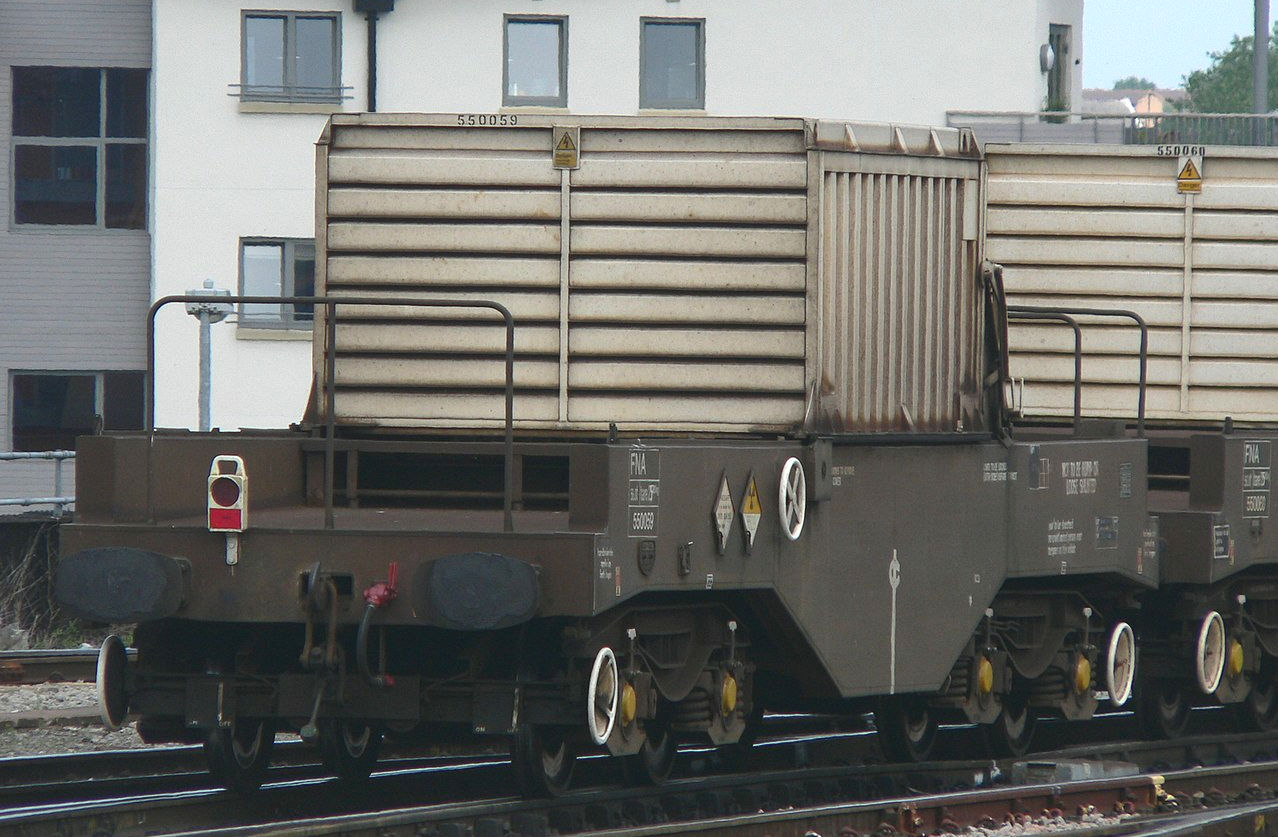
DISADVANTAGES
1. Environmental impact
Although nuclear power plants release zero carbon emissions, nuclear power still has a substantial impact on the environment, mainly through mining and water discharge.
The uranium used to produce nuclear energy has to be mined. Mining of any kind has a negative impact on the surrounding area. Uranium mining in particular is known for releasing arsenic and radon. This has had a negative impact on the health of those living around uranium mines, which consists largely of members of the Navajo nation.
Nuclear power plants also cause something called ‘thermal pollution’. Most nuclear power plants are located on a body of water, like a lake or the ocean. The power plant uses water from the lake or ocean, referred to as cooling water, to condense steam back into water.
This process causes the cooling water to increase in temperature, and is then released back into the body of water. This hot water, usually around 100 degrees fahrenheit, significantly changes the chemistry of the ocean or lake it is discharged into, making it inhabitable to most aquatic life.
2. Water intensive
Nuclear power plants require a lot of water to produce energy. In 2015, the United States consumed 320 billion gallons of water to produce nuclear power. That’s more water than what is used for coal processing.
As water becomes more scarce, especially in the face of climate
change, this enormous consumption of water could become unsustainable.
3. Risk of nuclear accidents
Nuclear power plants have very strict safety measures in place. However, accidents can happen no matter how careful you are. A meltdown at a nuclear plant can have a catastrophic impact on the surrounding areas, which we know from events like the Fukushima disaster, Chernobyl, and Three Mile Island in Pennsylvania.
In the event of a nuclear meltdown, harmful radiation can leak, which can cause adverse effects on the environment and on human health. The 1986 incident at Chernobyl ultimately led to thousands of deaths, with estimates ranging from 4,000 to 60,000 dead as a result of the incident. Not only that, more than 2 million people are still struggling with health problems related to Chernobyl. Today, over 30 years later, access is still limited within the 19-mile Chernobyl exclusion zone.
It is important to keep in mind, however, that these types of accidents are rare. Plus, many studies show that the fossil fuel industry is substantially more deadly than the nuclear industry, even when you include catastrophes like Chernobyl.
4. Radioactive waste
Generating nuclear power does not emit harmful greenhouse gases in the air, however, it does create hazardous waste. The waste created by nuclear power plants remains dangerously radioactive for thousands of years after it is created. Many issues arise when trying to figure out how to store this radioactive waste.
Waste continues to accumulate at nuclear power plants, as there is no long-term storage facility for it. The accumulation of hazardous nuclear waste will become an issue once power plants run out storage space.
Plus, if there is a compromise in the storage facility, such as a leak, the radioactive material could cause significant damage to surrounding areas. The federal government started looking for a place stable enough for nuclear waste disposal in 1982, however, no such site has been found.
5. Non-renewable
A renewable energy resource is defined as a source of energy that is not depleted when it is used, or that can be replenished within a human lifetime. Solar power is an example of a renewable resource because as we turn solar energy into usable electricity, we do not decrease the power of the sun.
Nuclear energy, on the other hand, is a non-renewable energy source. This is because the fuel used in nuclear reactors, uranium, is a finite resource. As we mine uranium, we deplete the amount that is available, and more will not be produced within a human lifetime.
Right now, experts believe that there is about 200 years’ worth of uranium available, assuming we stay at the same rate of nuclear production. But, if we become more reliant on nuclear power in the future, the supply of uranium will deplete faster, which may cause problems in the years ahead.
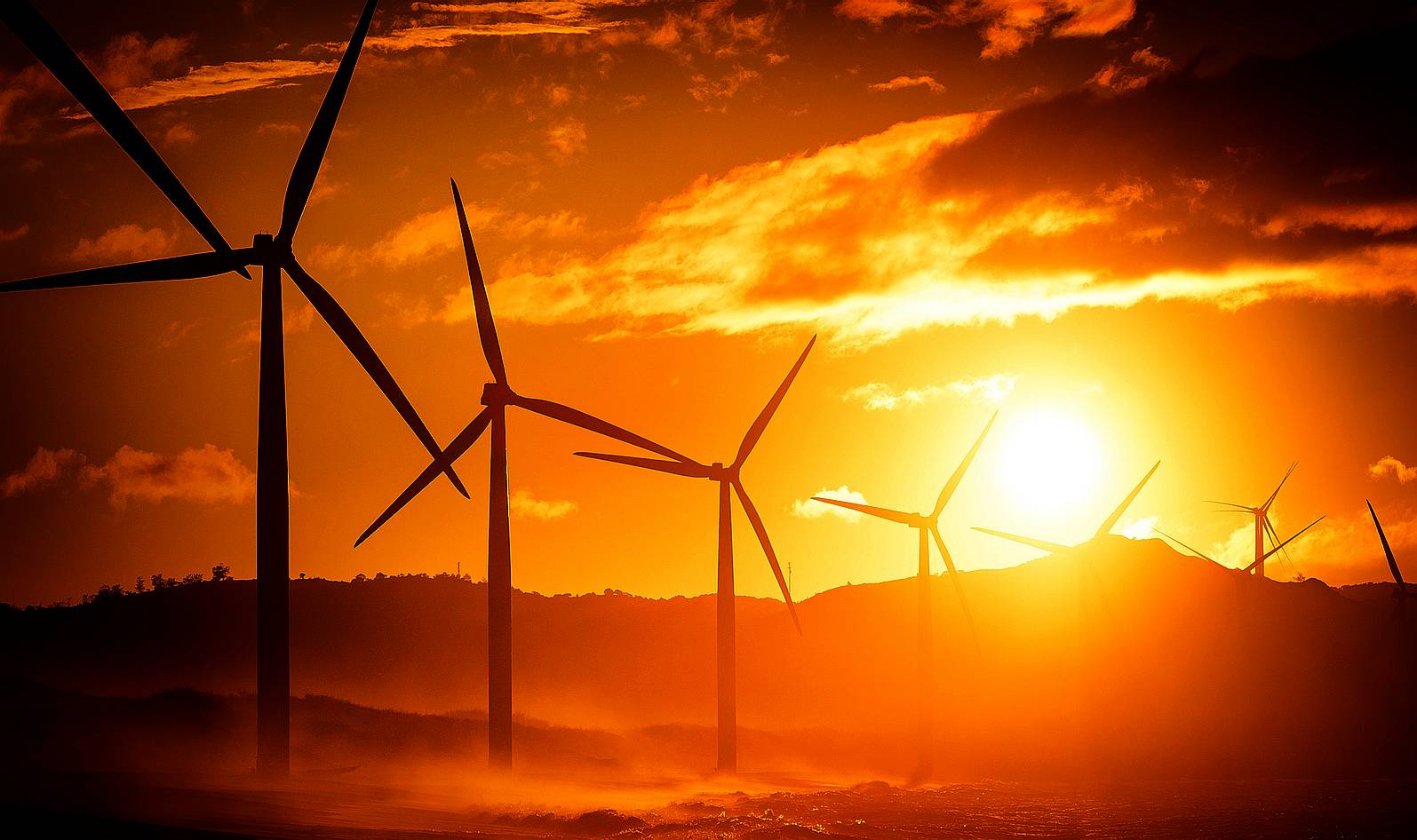
A
fantastic sight that happens all around the world every morning, hydrogen
fusion is happening in space to give us infinite energy. Sunrise
heralds the beginning of each new day. We can count our lucky stars that we
have this one to power life on earth.
ECONOMICS
The levelized cost of electricity (LCOE) from a new nuclear power plant is estimated to be 69 USD/MWh, according to an analysis by the International Energy Agency and the OECD Nuclear Energy Agency. This represents the median cost estimate for an nth-of-a-kind nuclear power plant to be completed in 2025, at a discount rate of 7%. Nuclear power was found to be the least-cost option among dispatchable technologies. Variable renewables can generate cheaper electricity: the median cost of onshore wind power was estimated to be 50 USD/MWh, and utility-scale solar power 56 USD/MWh. At the assumed CO2 emission cost of USD 30 per ton, power from coal (88 USD/MWh) and gas (71 USD/MWh) is more expensive than low-carbon technologies.
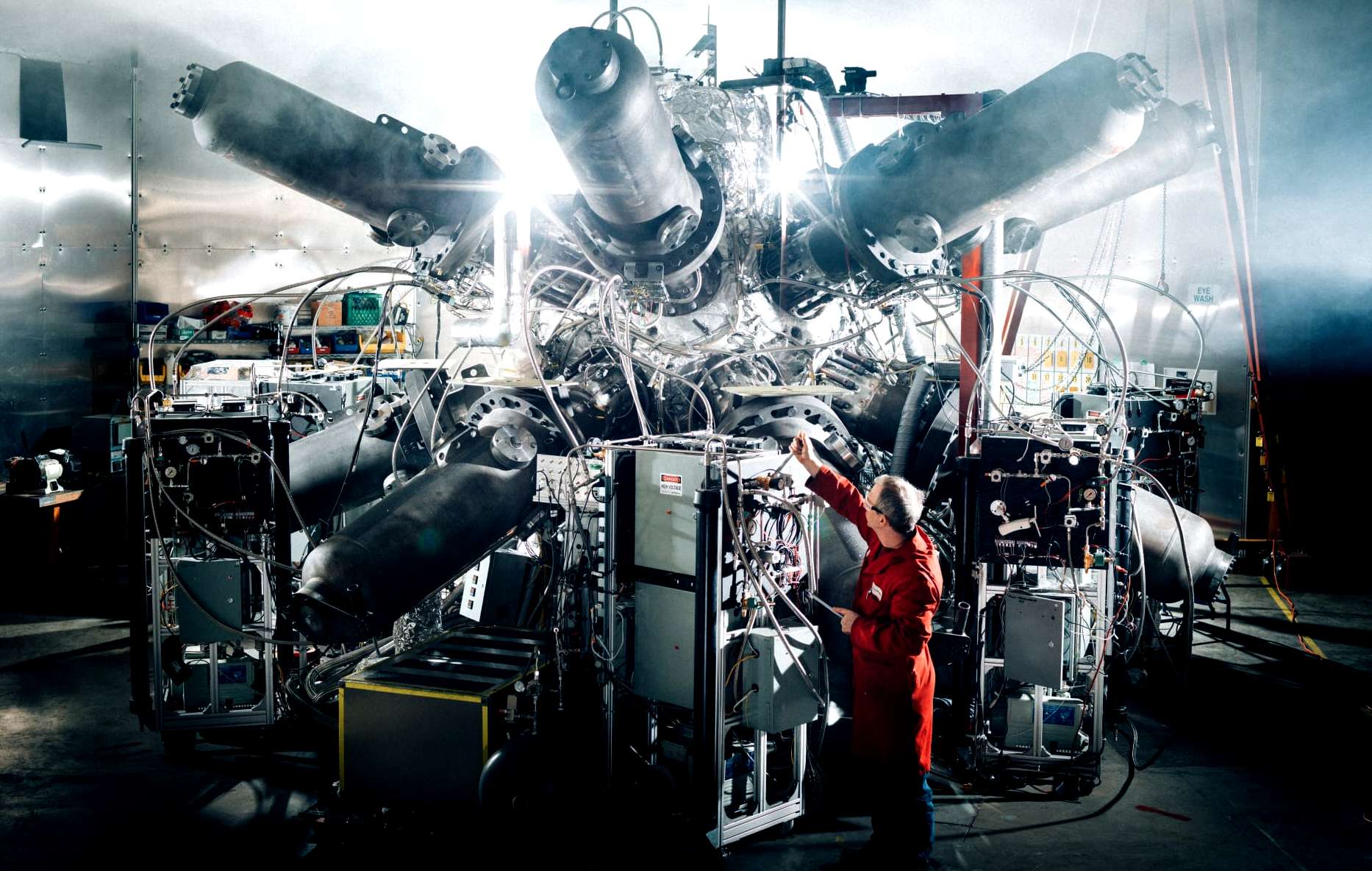
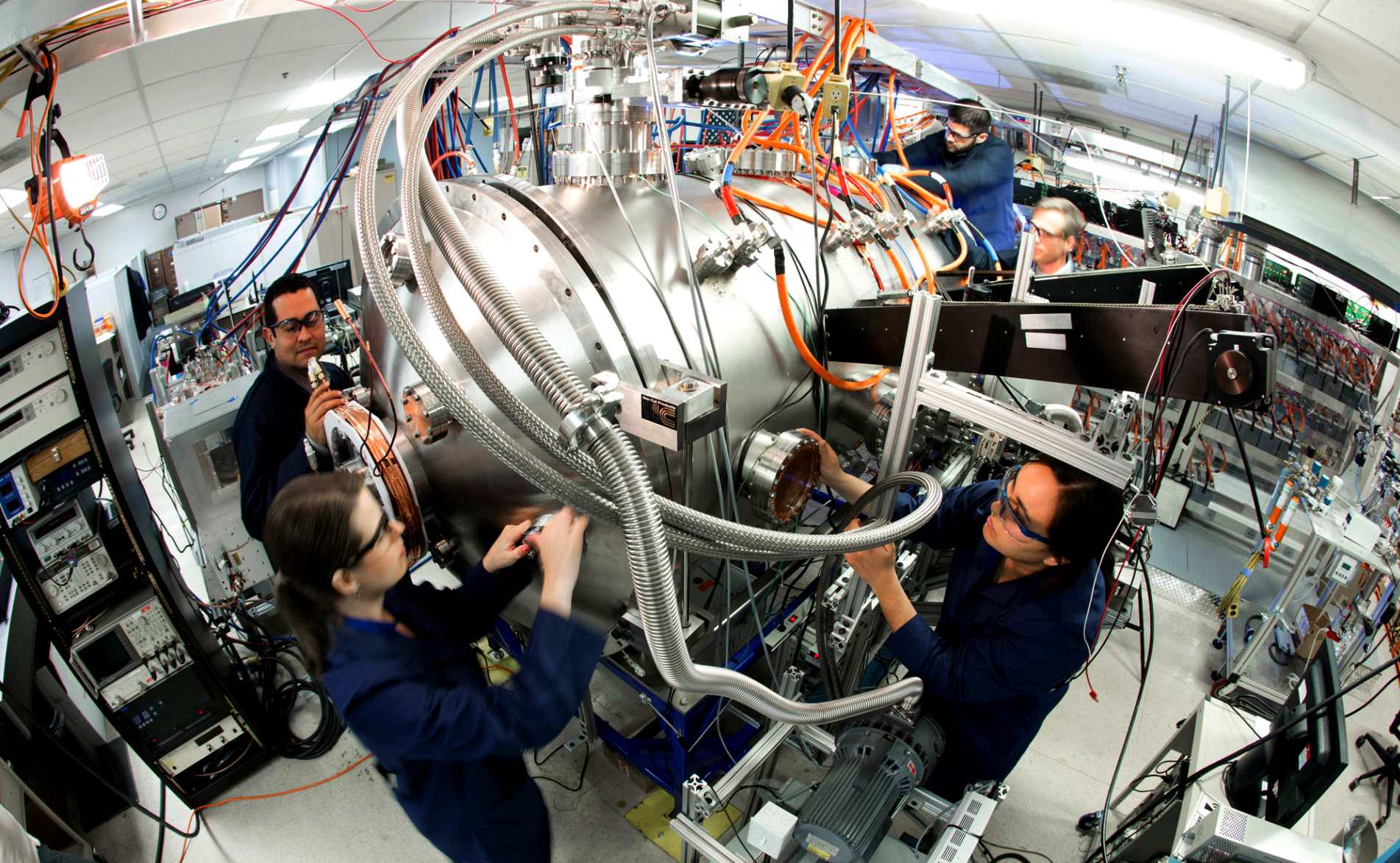
....
LONG TERM
INSECURITY
In
the short term we are reliant
on fossil fuels to take us into a
sustainable age where a circular economy is recognized as essential to
harmonious living. Long-term measures to increase energy security center on reducing dependence on any one source of imported energy, increasing the number of suppliers, exploiting native
fossil fuel or renewable energy resources, and reducing overall demand through energy conservation measures.
We
might also enter into international agreements to undermine fossil fuel energy trading
monopolies and assure that everyone has the right to cheap and clean
renewable energy, with the need to transport imports. Those
who held the power and wealth should consider re-investing in alternatives
as they head towards the sustainable economics of zero growth.
The deployment of renewable
energy technologies increases the diversity of electricity sources and contributes to the flexibility of
an international infrastructure system and its resistance to central shocks,
especially where off-grid installations are widely deployed, but can be grid
connected.
It
is likely to be that at some point in the future we will no longer need
power stations that run on coal, oil
or nuclear fuels. We will have dragged ourselves out of the fossil
fuel cesspit and taken power generation from the fortunate few who
profit from geological deposits, to the masses who only need a space to
mount the harvesting medium for energy independence.
For those countries
whose reliance on imported
gas is a significant
energy security issue, renewable technologies can provide
a level playing field.
As the fossil resources that have been so crucial to human advancement start declining in numbers, countries will
be glad that they changed over to renewable energy. When it comes to decommissioning
a nuclear power plant, or when waste material escapes into the environment,
the nuclear lobby may want to think again.
FUSION | BIOFUELS
| GEOTHERMAL
| HYDRO-ELECTRIC
| SOLAR |
WAVE
& TIDAL | WIND
COMPRESSED
GAS - ECONOMY - FUEL
CELLS - FUSION
- HYDRIDES
- LIQUID GAS
FUSION
LINKS
& REFERENCE
https://www.

Please
use our A-Z
INDEX to navigate this site
|




